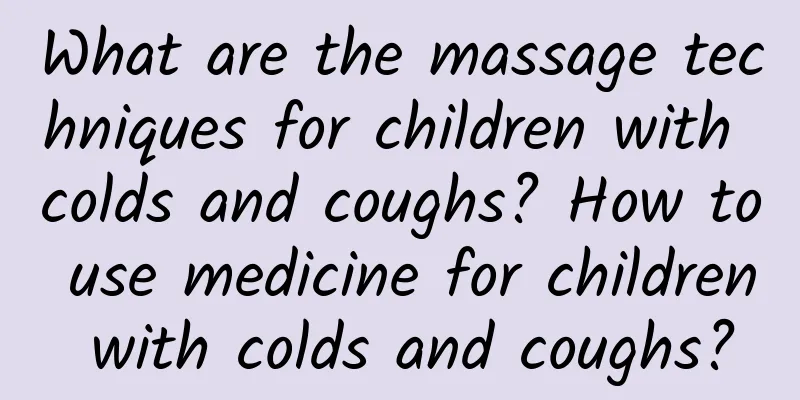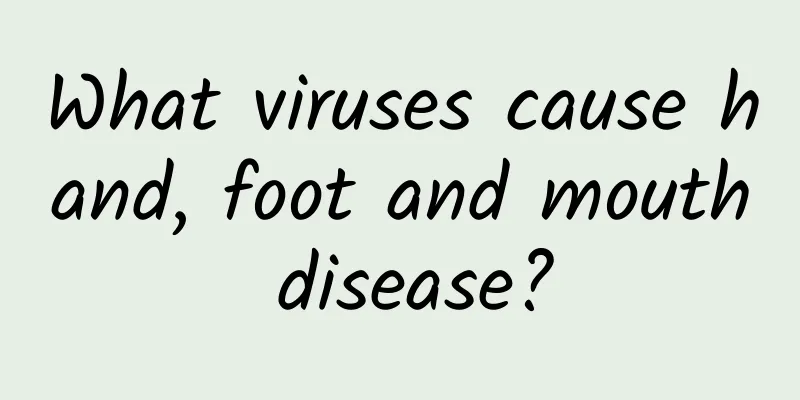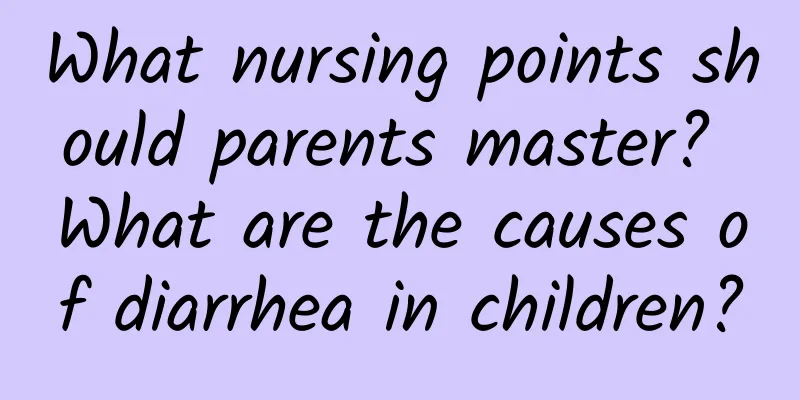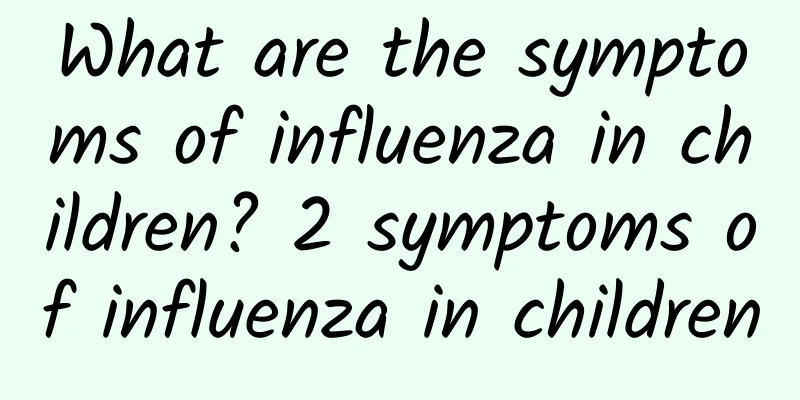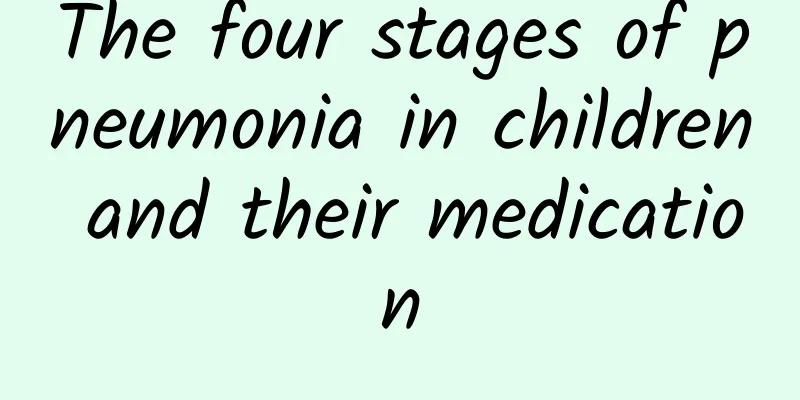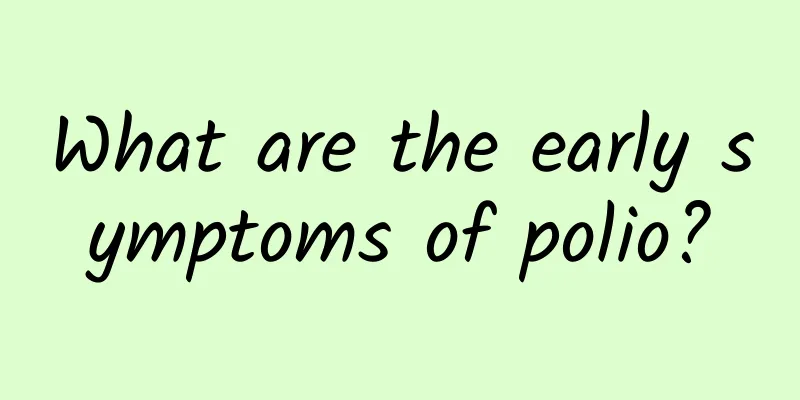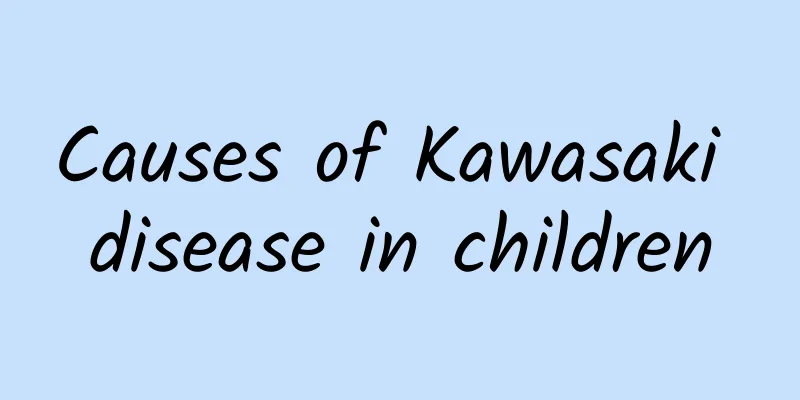What are the symptoms of eczema in a two-month-old baby? How to treat eczema in a two-month-old baby?
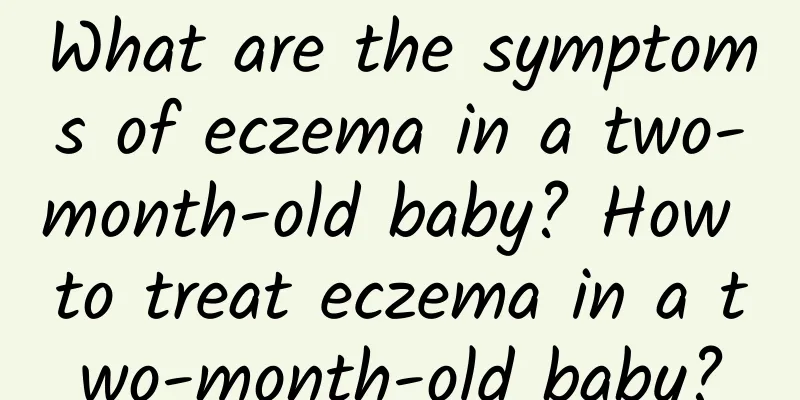
|
Many babies develop eczema on their faces shortly after birth. In fact, this is an allergic skin disease, commonly known as "milk ringworm". Although baby eczema is relatively common, because the child's skin is relatively delicate, it needs to be given enough attention. So, what are the symptoms of eczema in a two-month-old baby? Most babies with eczema develop 1 to 3 months after birth, gradually improve after 6 months, and most children gradually recover after 1-2 years old. Some children will develop into toddlers or children. The severity of the disease varies. The rash is more common on the head and face, such as the forehead, cheeks, and top of the head, and then gradually spreads to the chin, neck, shoulders, back, buttocks, limbs, and even the whole body. At the beginning, there are scattered or clustered small red papules or erythema, which gradually increase in number, and small blisters, yellow-white scales and crusts can be seen, and there may be exudation, erosion and secondary infection. The child is irritable, cries at night, affects sleep, and often itches everywhere. Because the lesions of eczema are on the epidermis, no scars are left after healing. Types of baby eczema: dry type, seborrheic type and exudative type. (1) Dry type: Eczema manifests as red papules, which may cause skin redness and swelling, and the papules have bran-like desquamation and dry scabs, which are very itchy. (2) Seborrheic type: Eczema is manifested by skin redness, small maculopapular rashes that ooze out a yellowish sebaceous fluid that covers the rash and later forms a thick yellow scab that is difficult to remove. It is more common on the top of the head, between the eyebrows, beside the nose, and behind the ears, but the itching sensation is not very obvious. (3) Exudative type: more common in fat babies, with blisters and erythema between the red rashes, swelling of the skin tissue, and severe itching. Scratching may cause yellow serous oozing or bleeding. The rash can spread to the trunk, limbs, and the entire body, and is prone to secondary skin infection. If a two-month-old baby has eczema, parents do not need to worry too much. They just need to provide enhanced care and avoid irritating substances from contacting the skin. In addition, breastfeeding can prevent eczema caused by allergy to foreign proteins caused by milk feeding. |
>>: How to treat pediatric eczema and what are the prevention methods for pediatric eczema
Recommend
What are the harms of kidney disease in children to the body?
What harm does childhood kidney disease do to the...
Differentiation of diarrhea in children
With the arrival of summer, all kinds of cold foo...
What medicine is usually taken for neonatal jaundice
Neonatal jaundice needs to be evaluated by a doct...
How to prevent early kidney disease in children
With the improvement of living standards, kidney ...
How to treat mycoplasma pneumonia in children
Children with Mycoplasma pneumonia infection gene...
What is the reason why children keep coughing repeatedly? What should I do if my child keeps coughing repeatedly?
In daily life, children often have symptoms of re...
What is the cause of a 6-month-old baby's cough and phlegm? How to treat a 6-month-old baby's cough and phlegm?
If parents do not take good care of 6-month-old b...
What are the symptoms of indigestion in babies? Will indigestion in babies cause single eyelids to become double eyelids?
Children can bring great joy to a family. Usually...
What is the diagnosis of jaundice?
Neonatal jaundice is a common physiological pheno...
What should not be eaten if you have hand, foot and mouth disease
During the period of hand, foot and mouth disease...
When will neonatal jaundice subside?
When will neonatal jaundice disappear? The time i...
What to do if your baby coughs
Babies who have just turned one month old are ver...
What are the symptoms of pneumonia in children
Pneumonia is not uncommon. Since children have ve...
What kind of ointment is better for baby eczema? How to care for baby eczema?
Once a baby has eczema on his face, parents alway...
At what level does jaundice invade the brain?
Jaundice is a very common disease in newborn babi...
